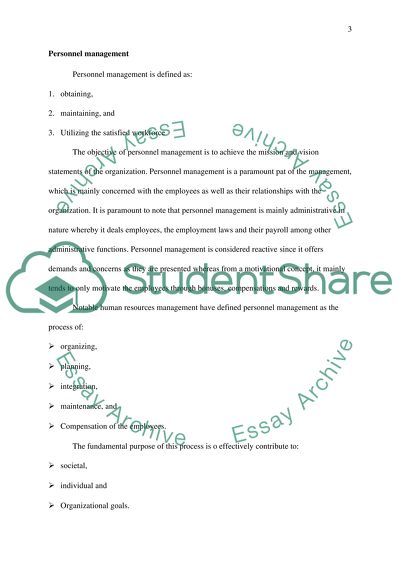Cite this document
(“LO 1. Understand the difference between personnel management and human Essay”, n.d.)
LO 1. Understand the difference between personnel management and human Essay. Retrieved from https://studentshare.org/human-resources/1489513-lo
LO 1. Understand the difference between personnel management and human Essay. Retrieved from https://studentshare.org/human-resources/1489513-lo
(LO 1. Understand the Difference Between Personnel Management and Human Essay)
LO 1. Understand the Difference Between Personnel Management and Human Essay. https://studentshare.org/human-resources/1489513-lo.
LO 1. Understand the Difference Between Personnel Management and Human Essay. https://studentshare.org/human-resources/1489513-lo.
“LO 1. Understand the Difference Between Personnel Management and Human Essay”, n.d. https://studentshare.org/human-resources/1489513-lo.


